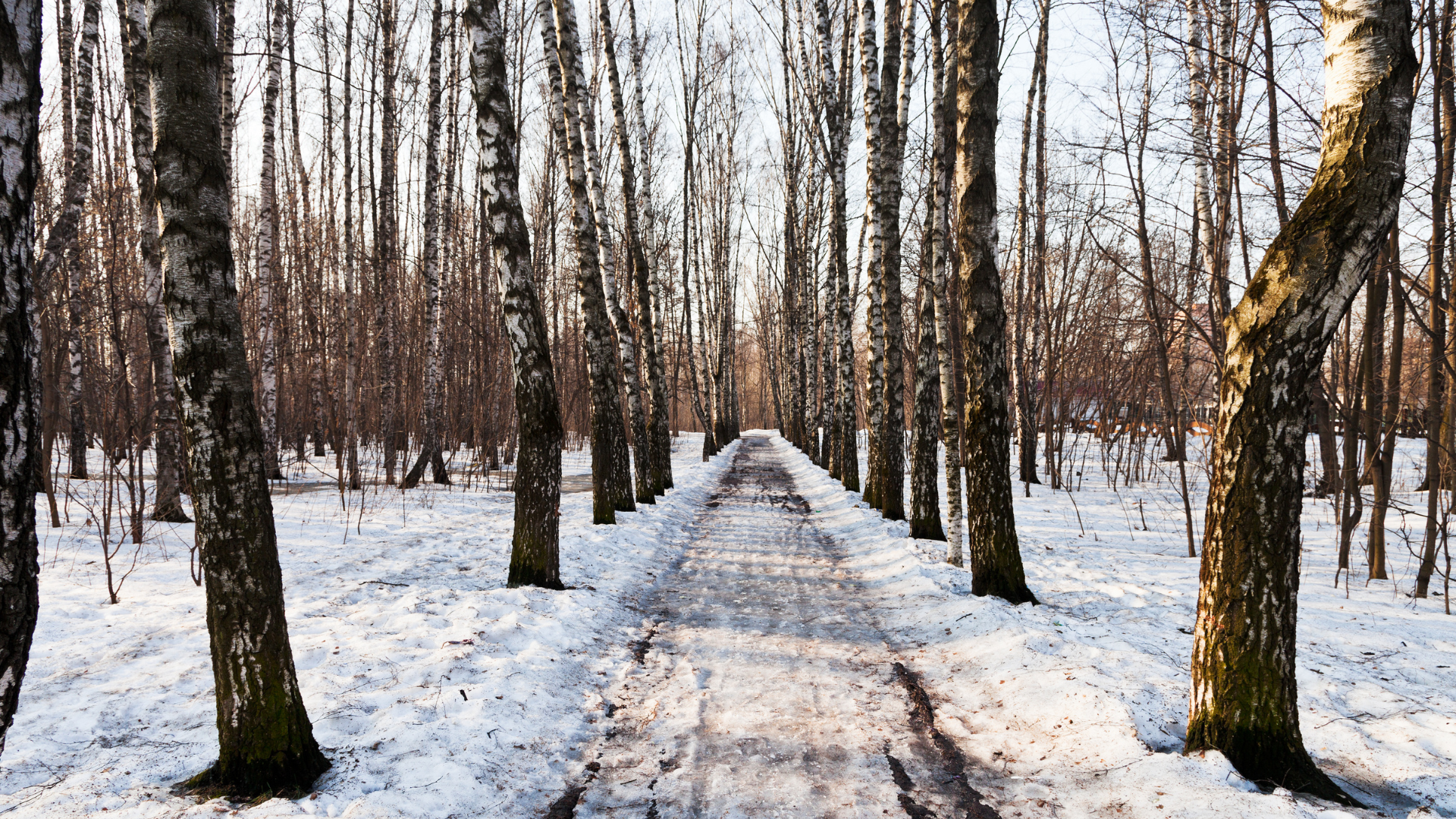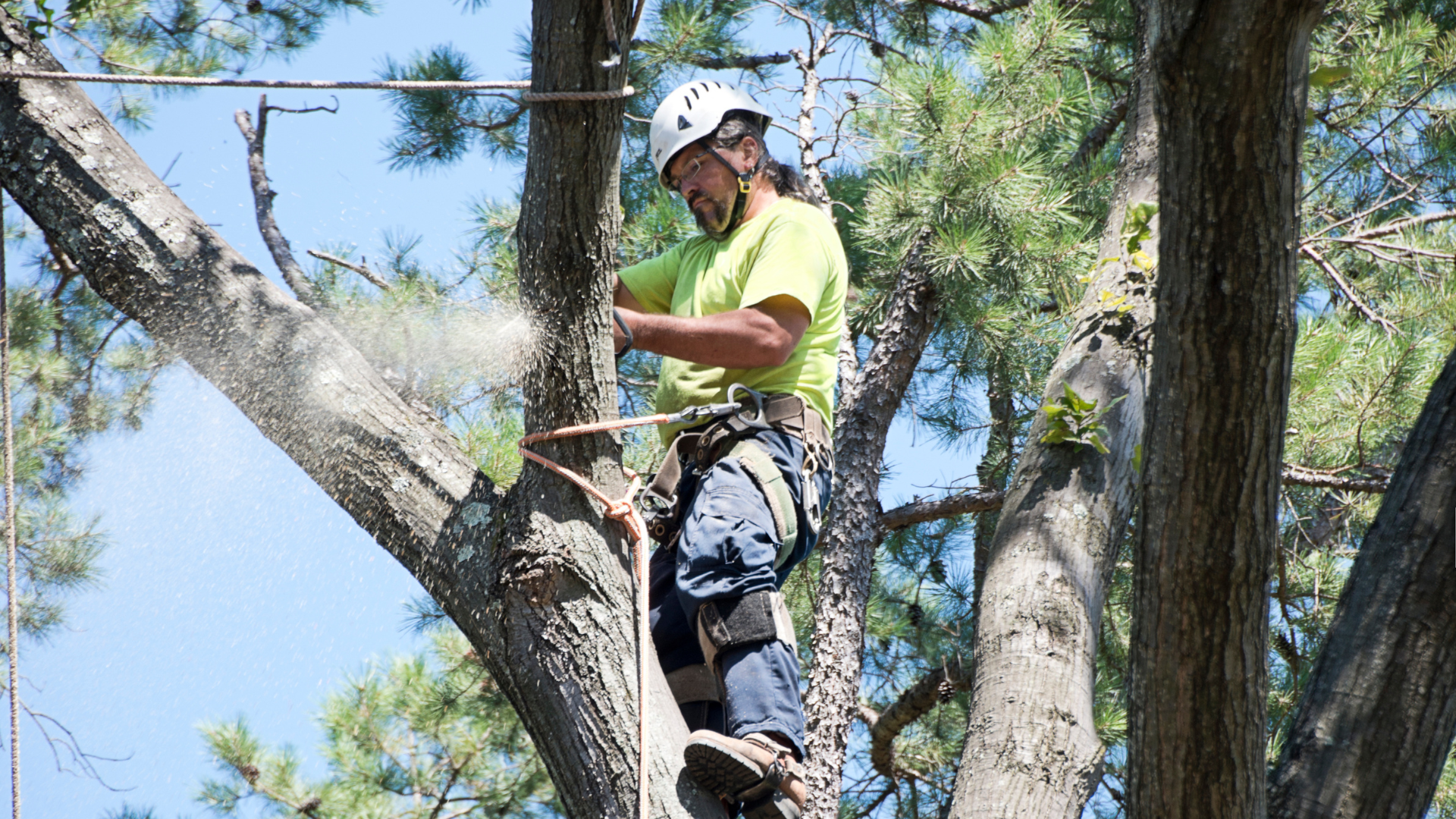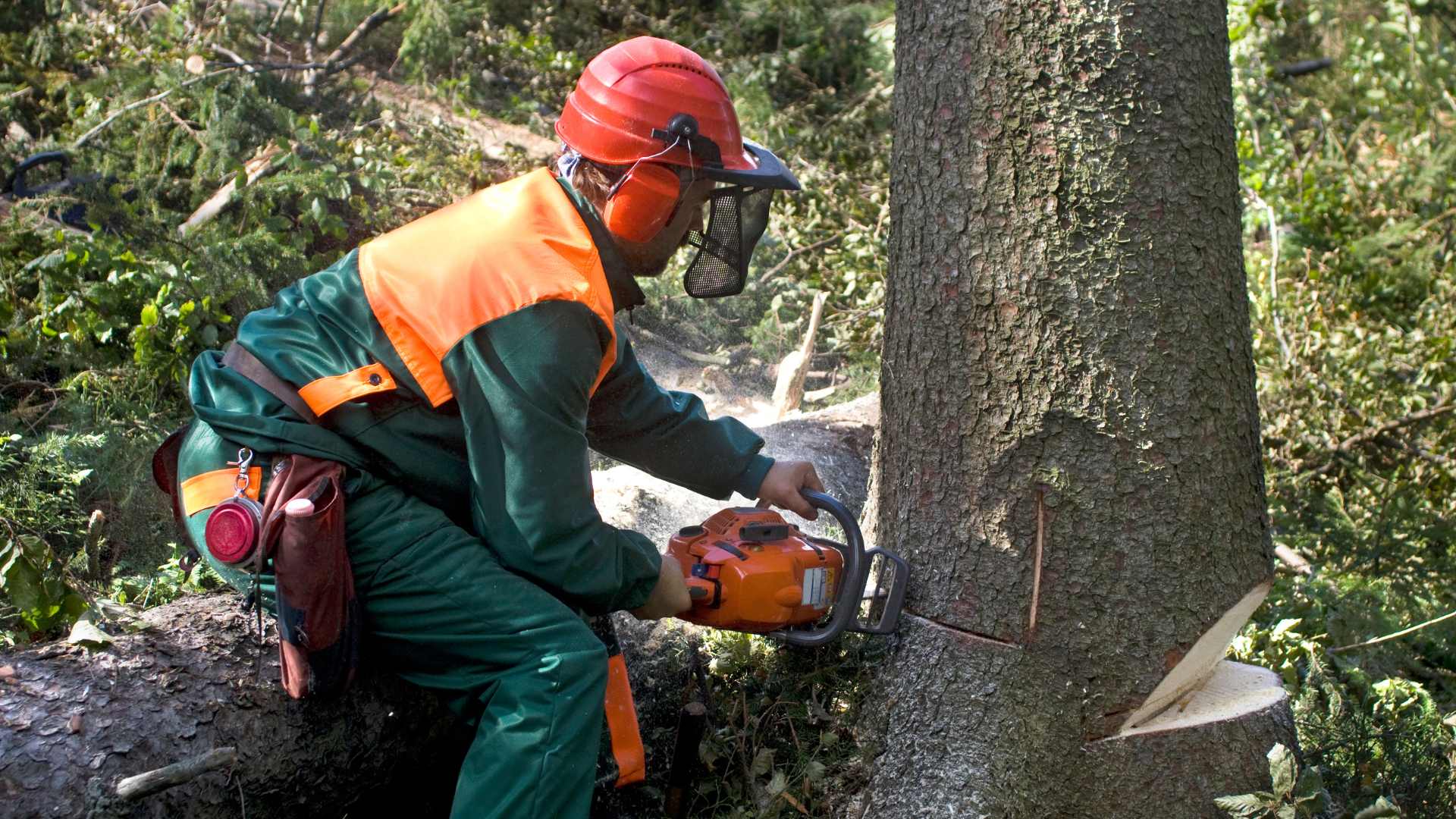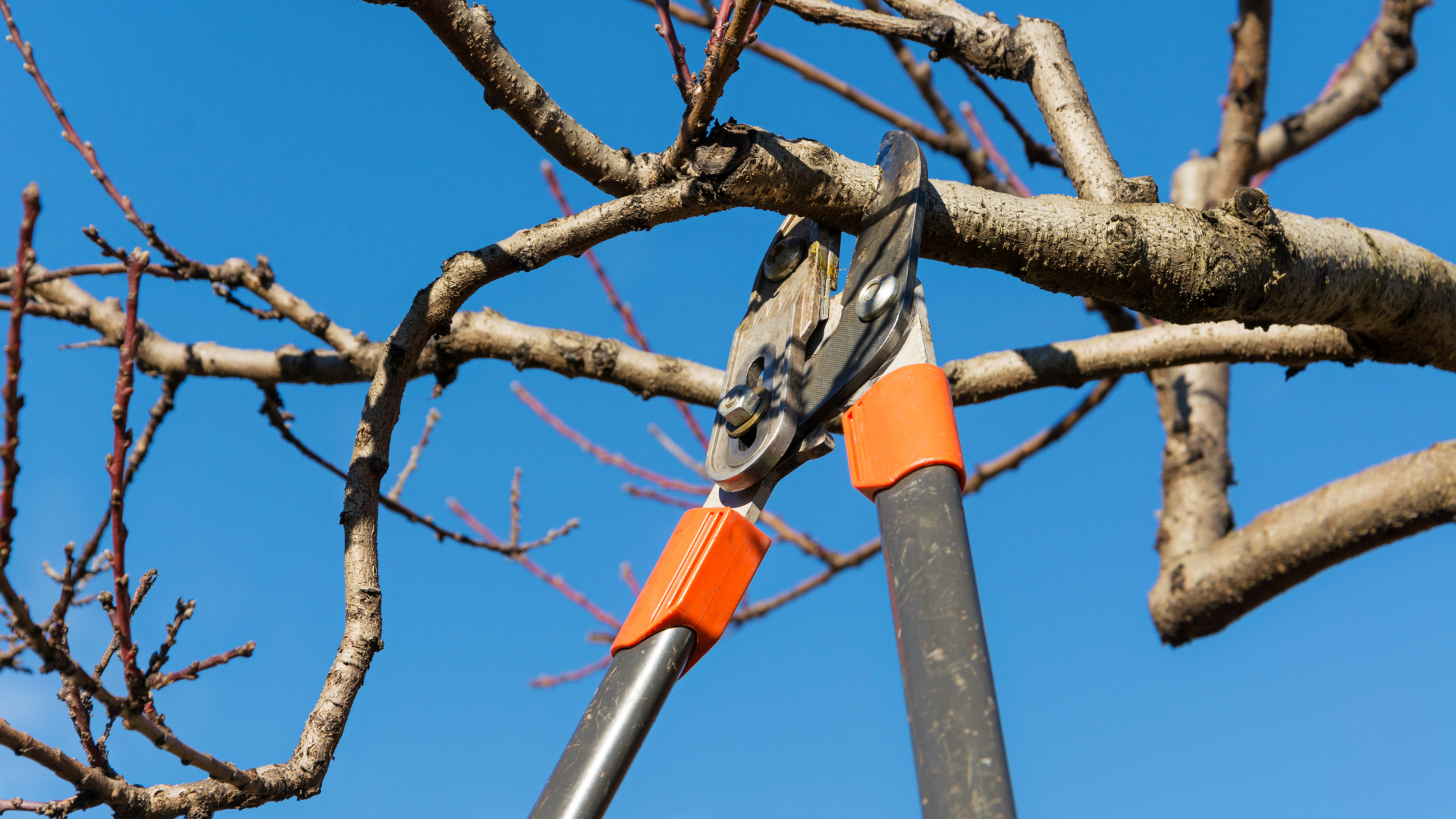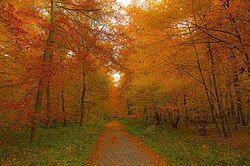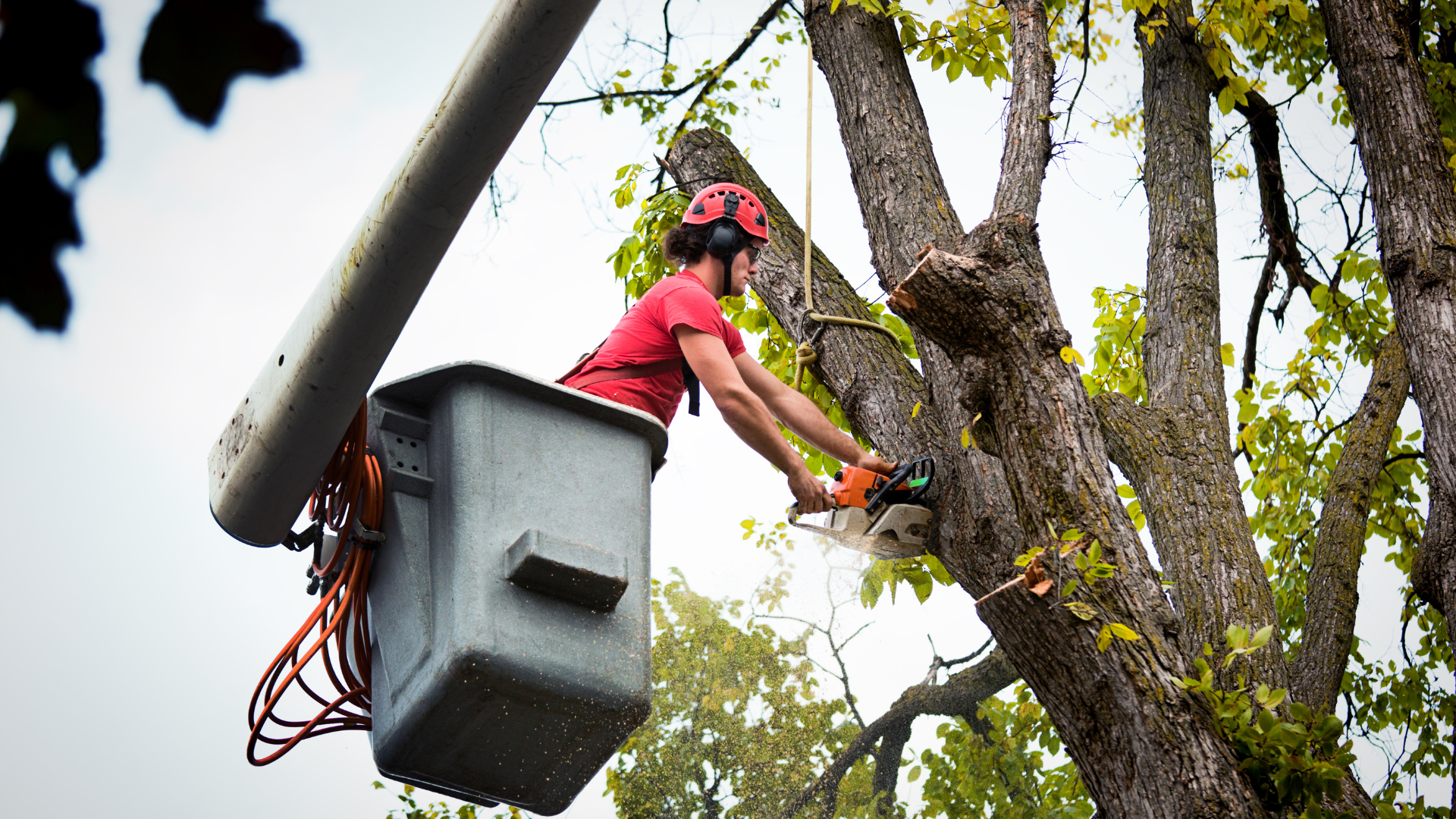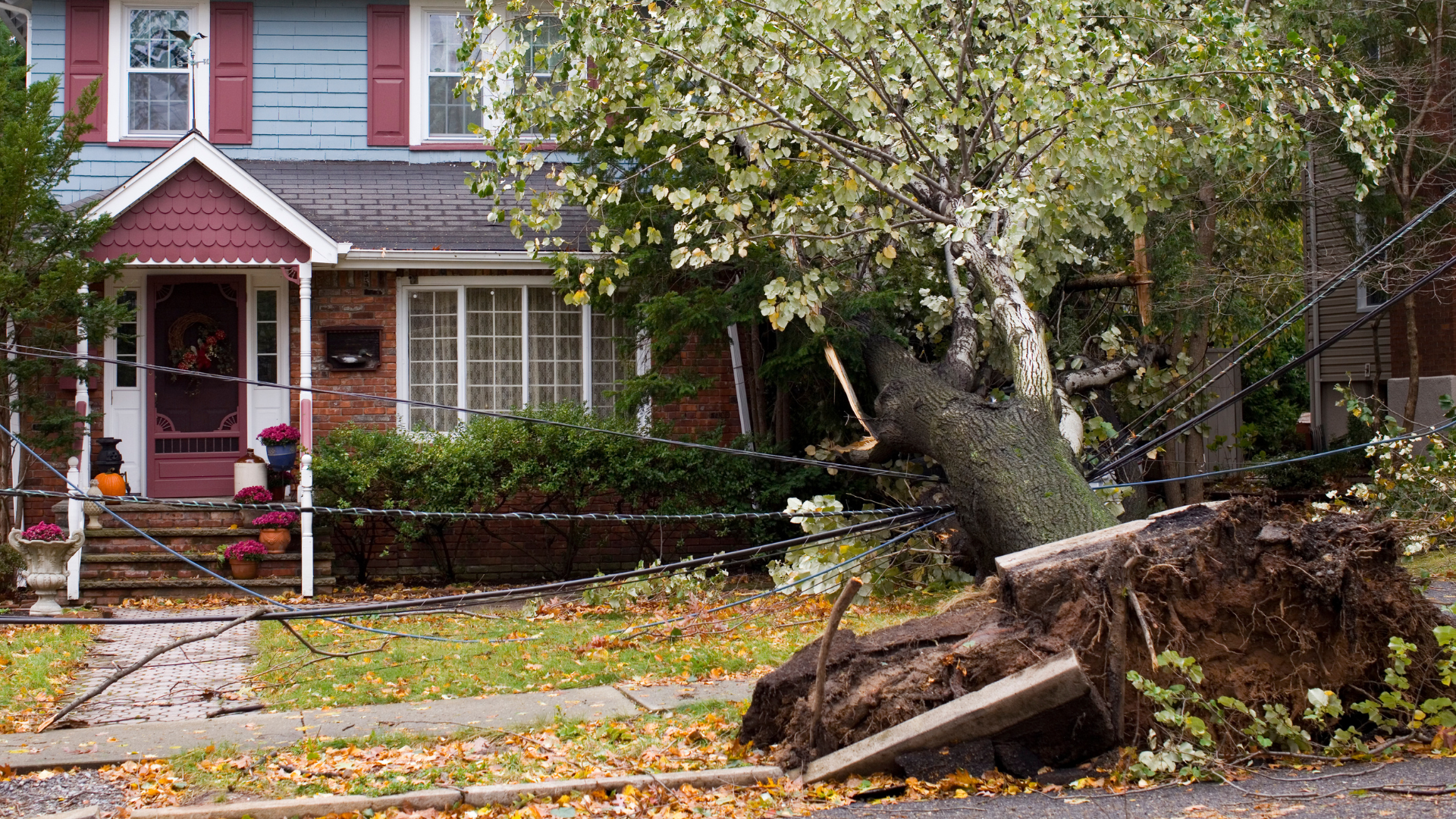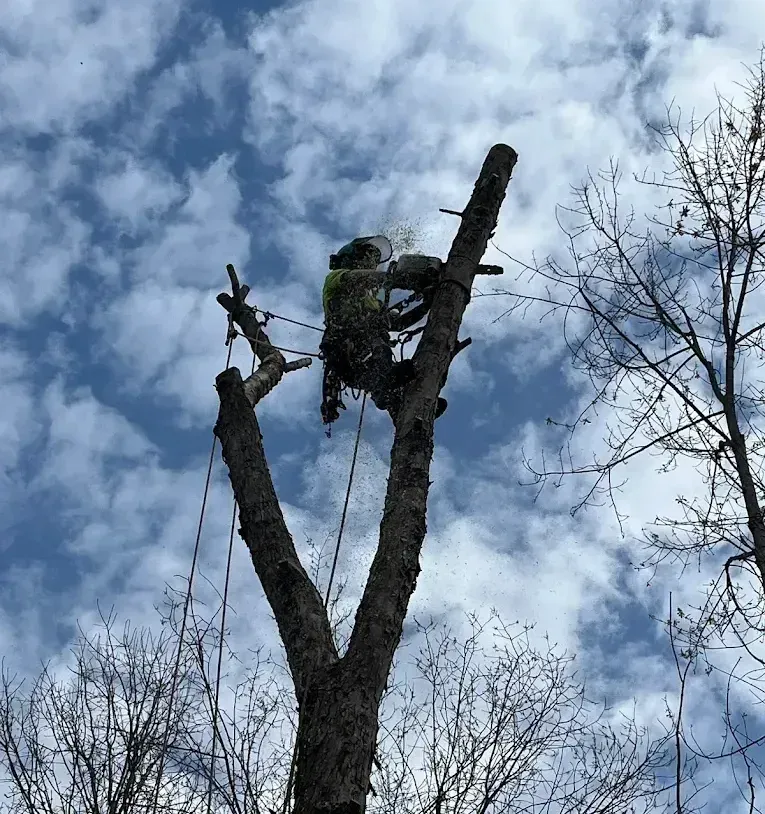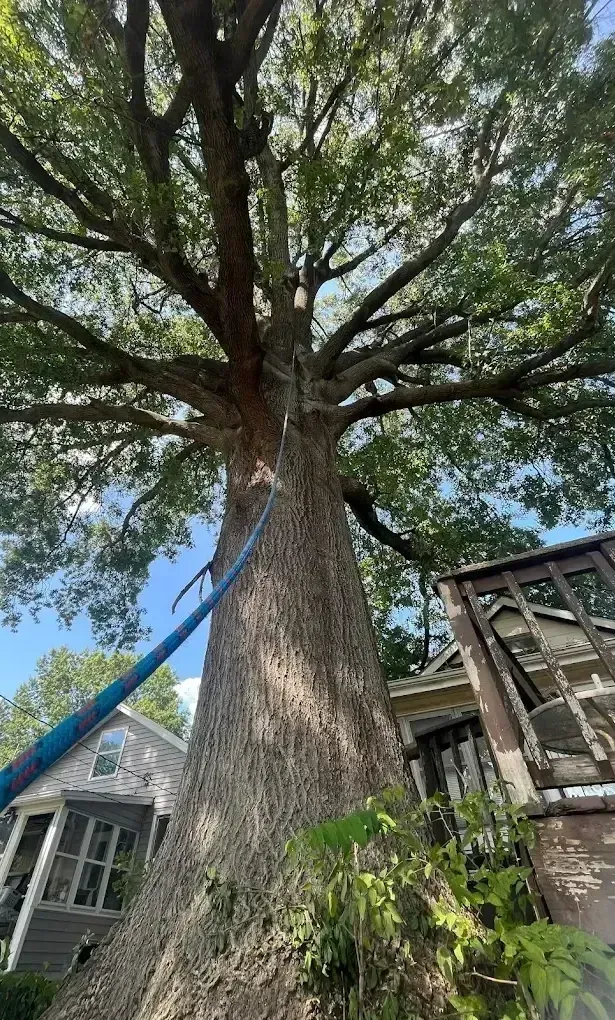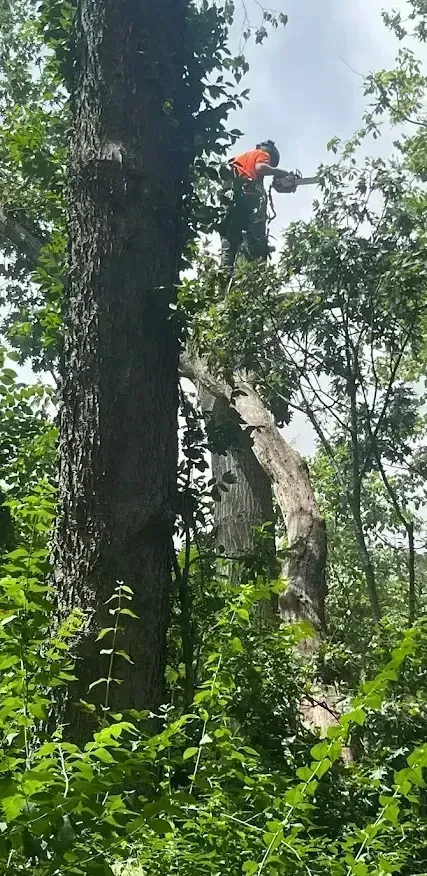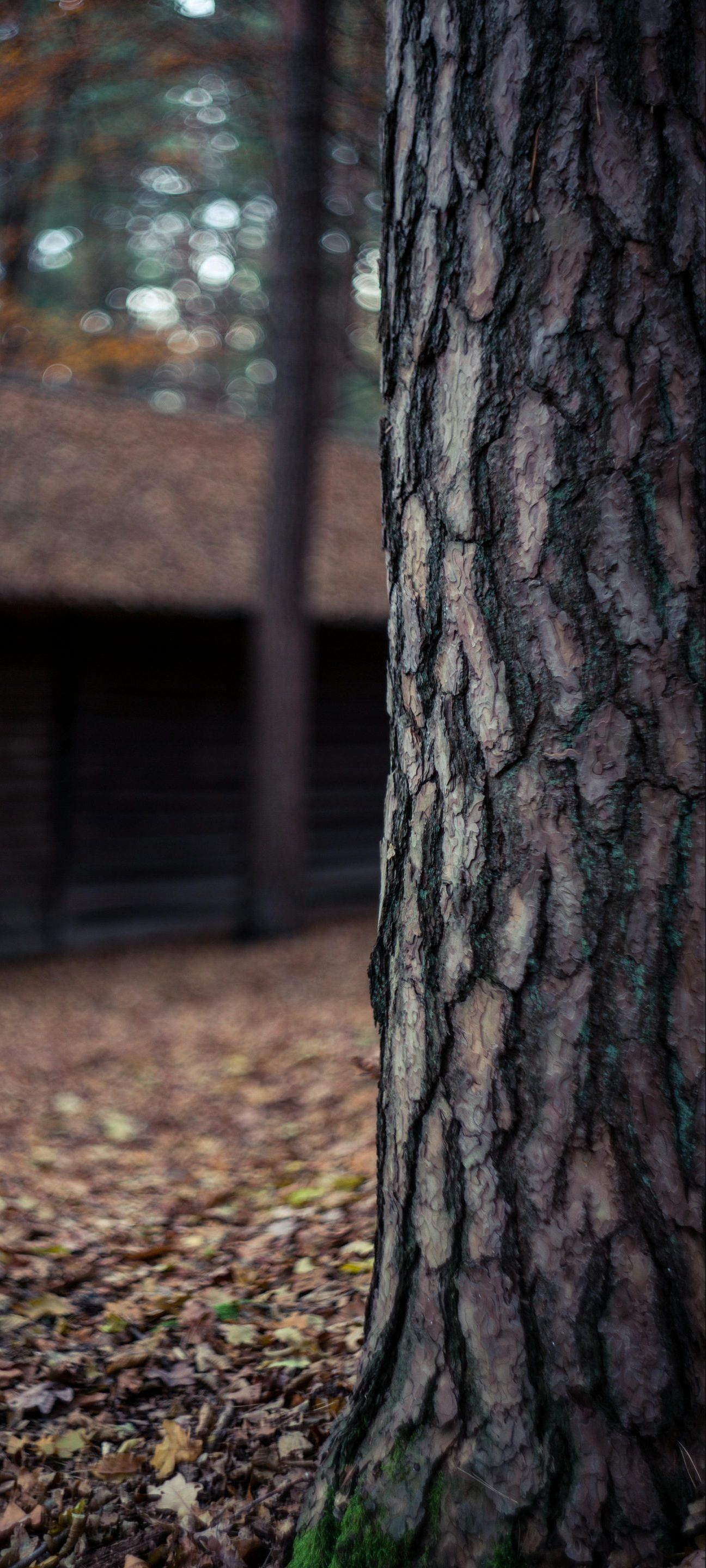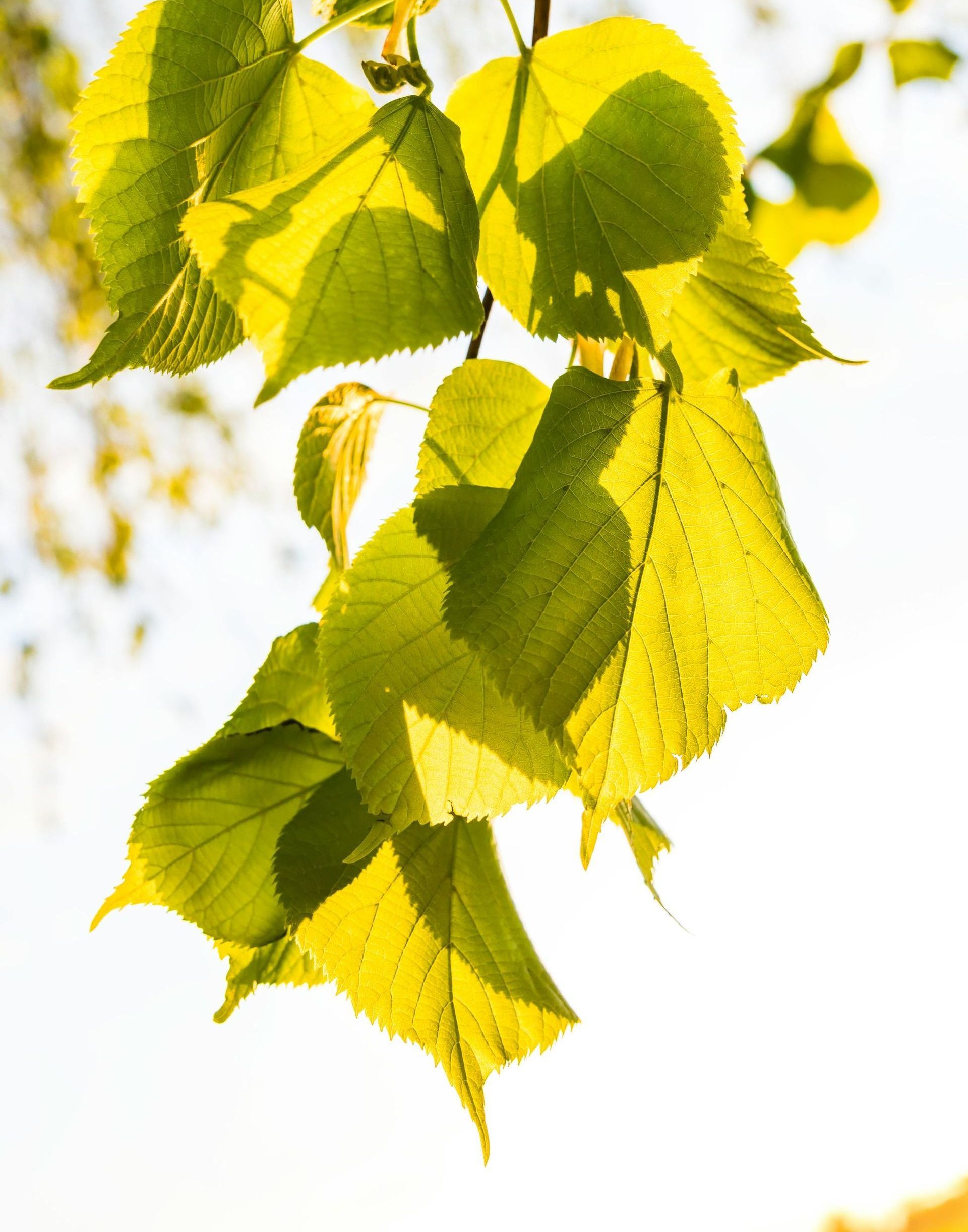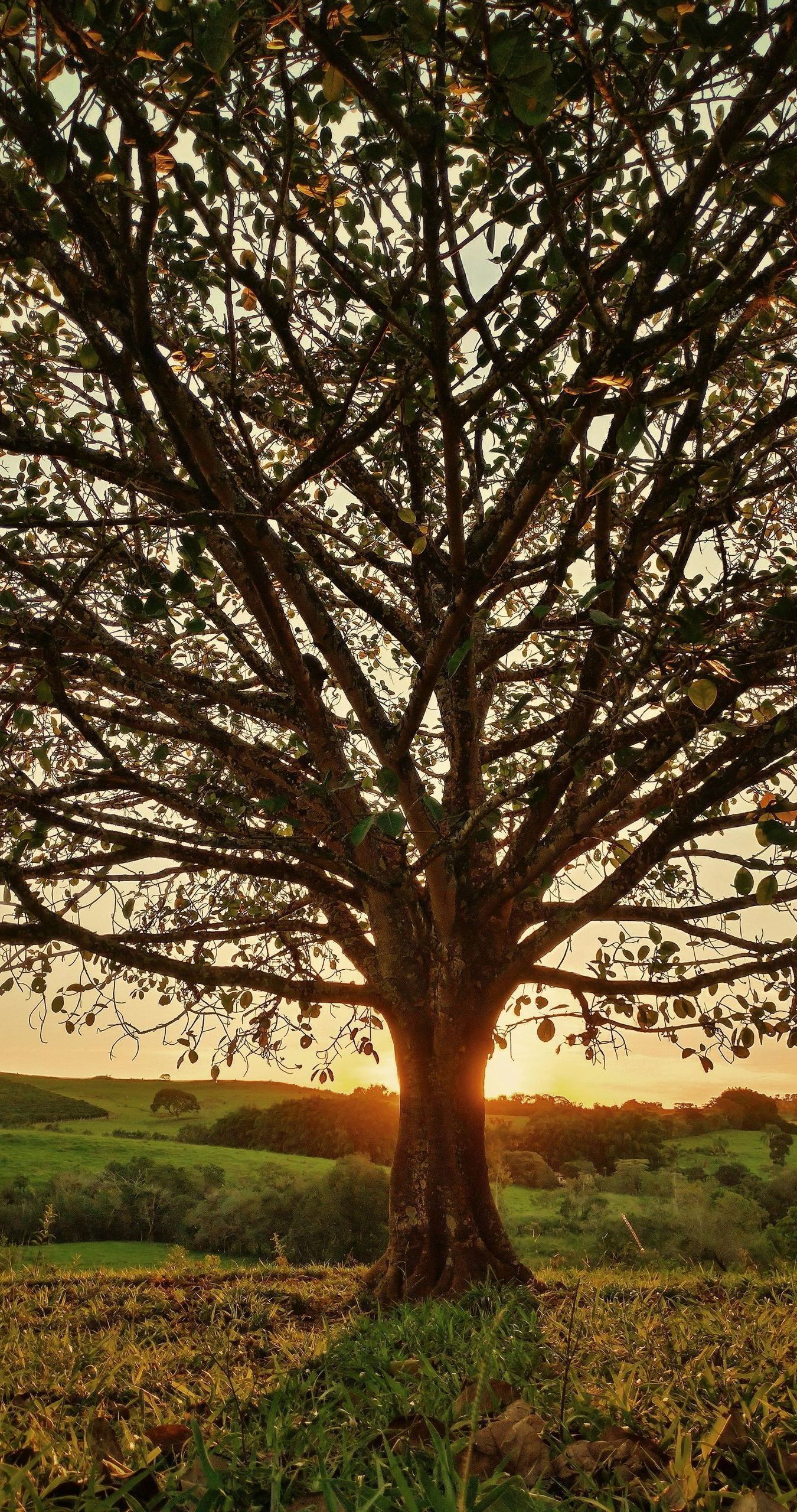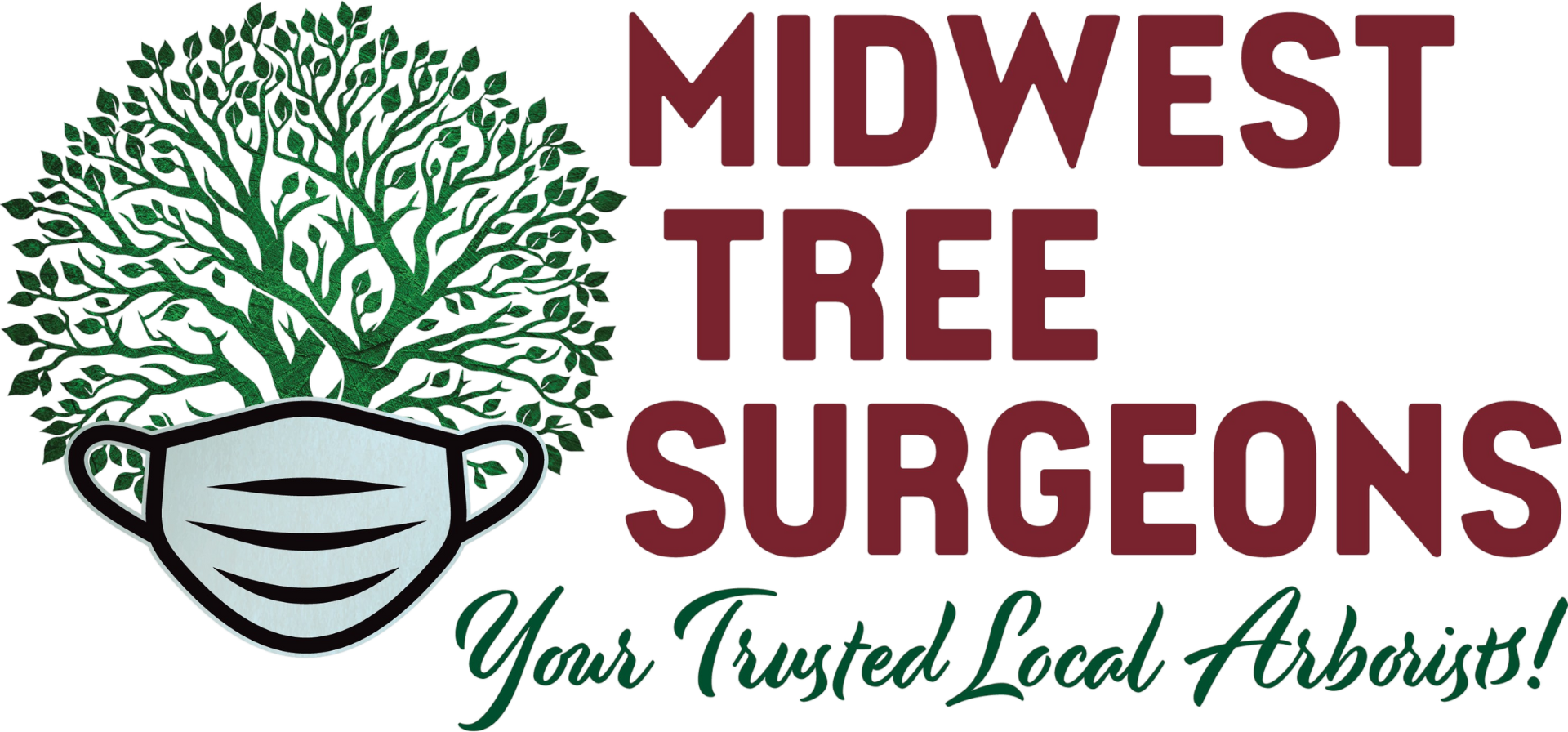Why Tree Risk Assessments Are Essential for Property Owners in the Midwest
From Asset to Liability
In the heart of the American Midwest, trees are more than just part of the landscape—they are essential components of residential, commercial, and agricultural environments. Mature specimens like the white oak, sugar maple, and American elm offer beauty, shade, and property value. But without proper oversight, these same trees can become liabilities. Tree risk assessments are not optional—they are essential for responsible property management.
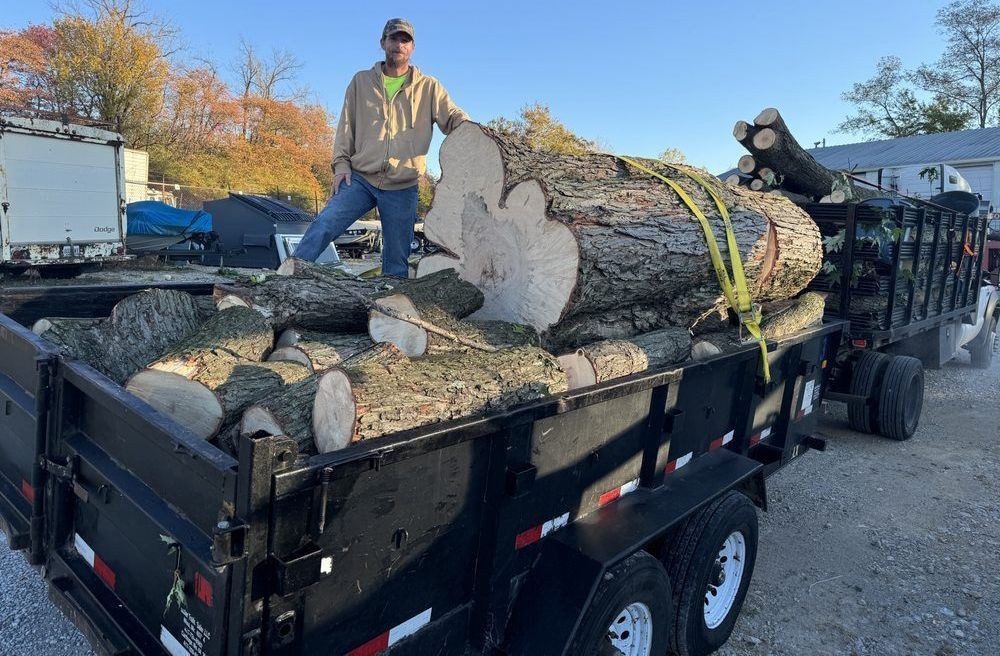
What Is a Tree Risk Assessment?
A tree risk assessment is a systematic evaluation performed by a certified arborist to determine the likelihood of a tree—or part of a tree—failing and causing damage or injury. These assessments are guided by industry standards set forth by the International Society of Arboriculture (ISA), and they are a core service offered by Midwest Tree Surgeons.
The process includes an inspection of the tree’s structural integrity, overall health, species-specific behavior, and environmental factors like soil condition and wind exposure. Arborists then classify the risk level and offer tailored recommendations—ranging from minor pruning to full removal.
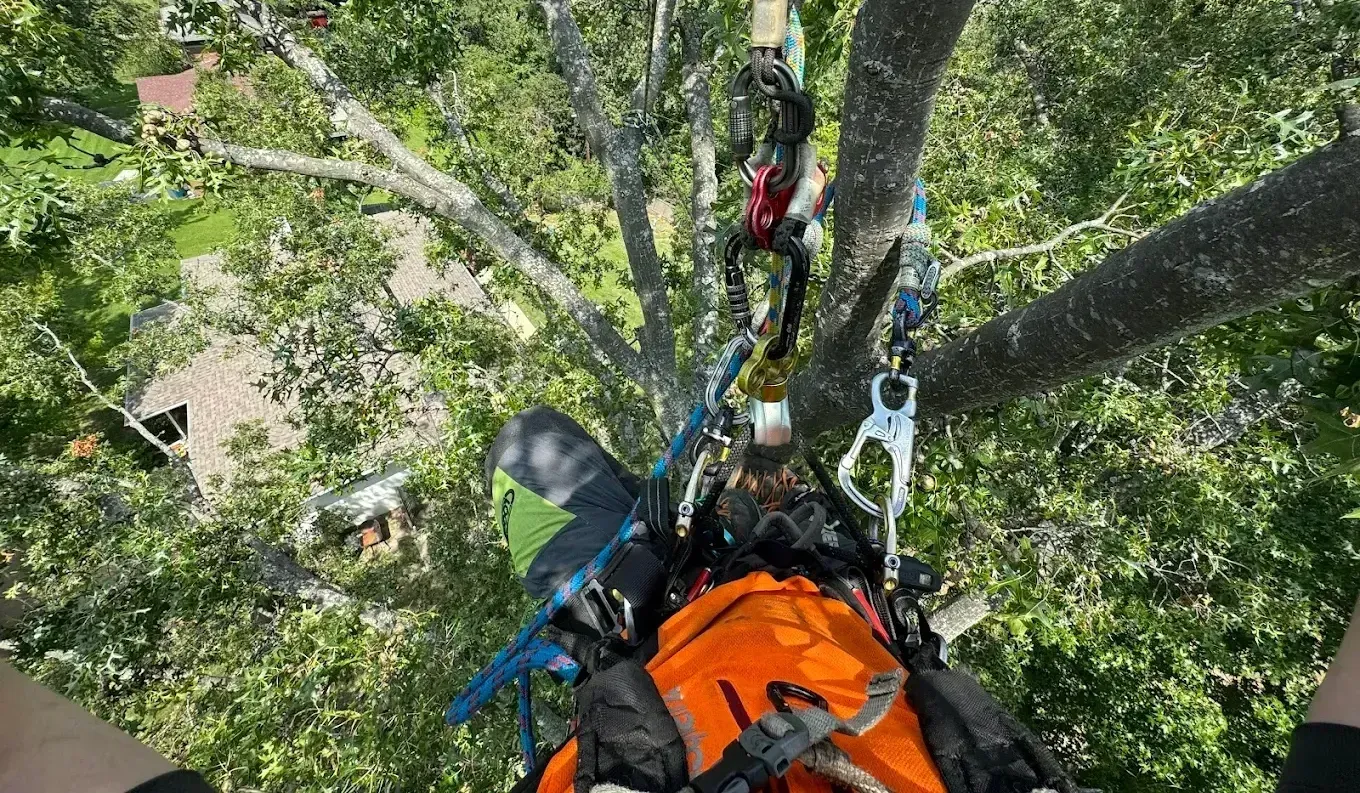
Why Midwestern Property Owners Need Them
In the Midwest, the tree population includes many large, long-lived species. While this is a benefit for biodiversity and aesthetics, it also introduces structural challenges—especially as trees age. Native species like the bur oak or eastern cottonwood are known for their towering size, but they are also vulnerable to windthrow, internal rot, and storm damage.
The Midwest experiences a broad spectrum of weather conditions, from ice storms in Illinois to tornados in Missouri and prolonged droughts in parts of Iowa and Indiana. These conditions place additional stress on even healthy trees. A single windstorm can take down a limb from a seemingly strong hackberry or silver maple, potentially damaging a home, power line, or vehicle.
Tree risk assessments identify such vulnerabilities in advance—before the damage occurs.
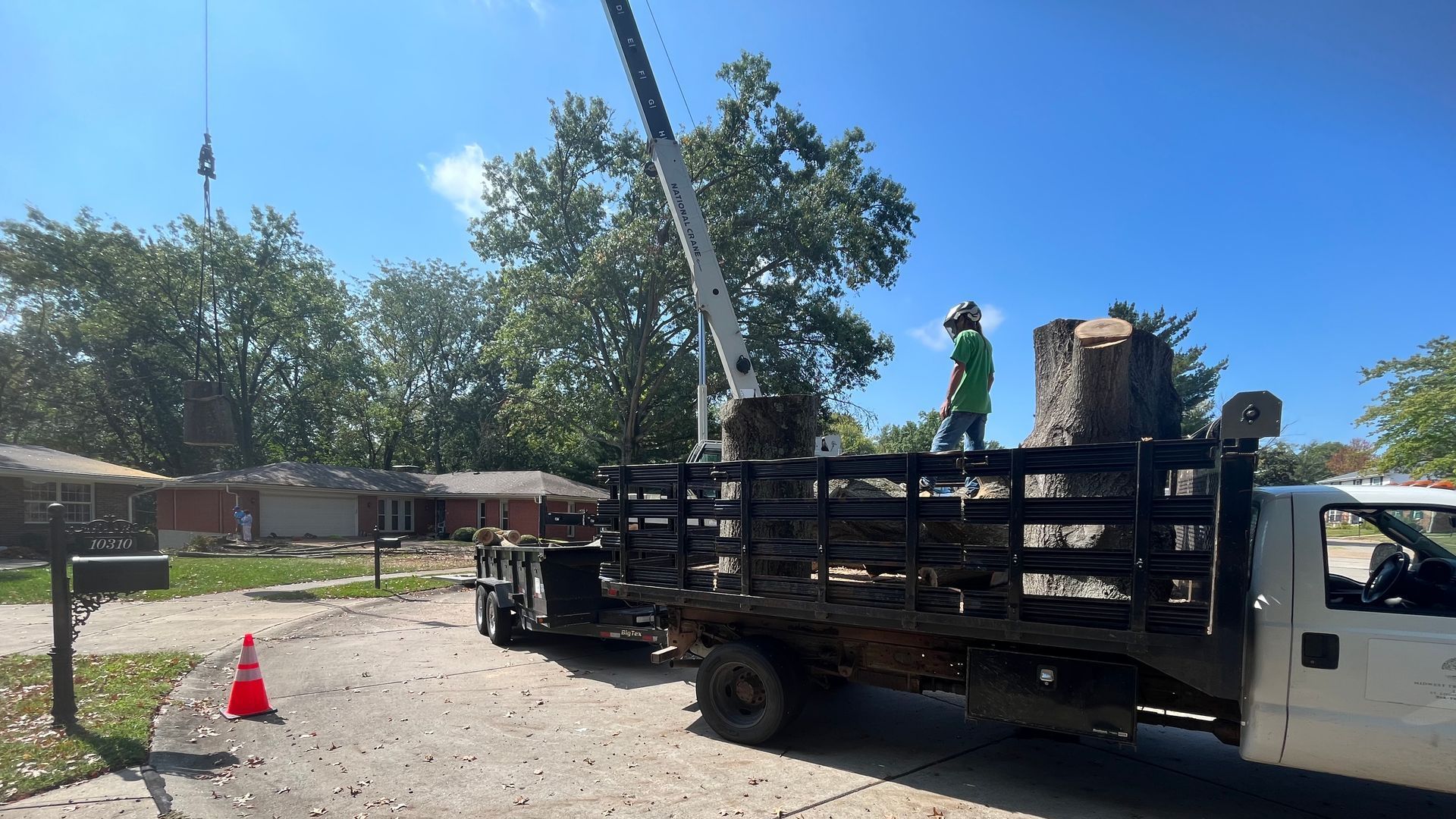
Real Risk, Real Liability
Many homeowners assume their trees are stable simply because they have “been there forever.” Unfortunately, age does not equal strength. Internal decay, root girdling, insect infestations, and fungal infections often remain invisible to the untrained eye. Trees may still leaf out and appear healthy while hollow on the inside.
If a tree falls and causes damage—and it is determined that the hazard was foreseeable—property owners can be held legally and financially responsible. A tree risk assessment, especially one performed by a certified arborist, is often considered due diligence in both insurance and legal contexts.

What Assessments Look For
When Midwest Tree Surgeons performs a tree risk assessment, we evaluate the following:
- Root and trunk stability: Signs of decay, cracks, or previous failure points.
- Branch structure: Weak unions, excessive weight, or previous storm damage.
- Species behavior: Some trees, like the fast-growing boxelder, are naturally prone to limb drop.
- Environmental context: Proximity to structures, foot traffic, utilities, or drainage issues.
- Pest and disease presence: Emerald ash borer, anthracnose, or fungal rot common in local species.
Using tools such as resistographs and soil probes—combined with visual inspection—we deliver a detailed report with our findings and recommendations.

Preventive Care Saves Money
A comprehensive assessment may recommend something as simple as targeted pruning to reduce weight on a large limb of a red oak, or cabling to support a split-trunk linden. These low-cost interventions can prevent high-cost outcomes like emergency removals, property repairs, or lawsuits.
For trees that pose a severe threat, removal may be necessary. In such cases, early identification ensures a safe, controlled removal under proper conditions—not a rushed response during a storm cleanup.

Protect Your Property—and Your Peace of Mind
Whether you own a single-family home in Warren County or manage a commercial lot in greater St. Louis, a tree risk assessment provides clarity. It turns uncertainty into action and transforms potential liabilities into managed assets.
At Midwest Tree Surgeons, our ISA Certified Arborists are trained to identify risks with scientific accuracy and decades of field experience. We understand the native trees of the Midwest because we work with them every day.
Do not wait for nature to force your hand. Schedule a professional tree risk assessment and take a proactive step toward protecting your property, your investment, and the people who live or work beneath your canopy.
